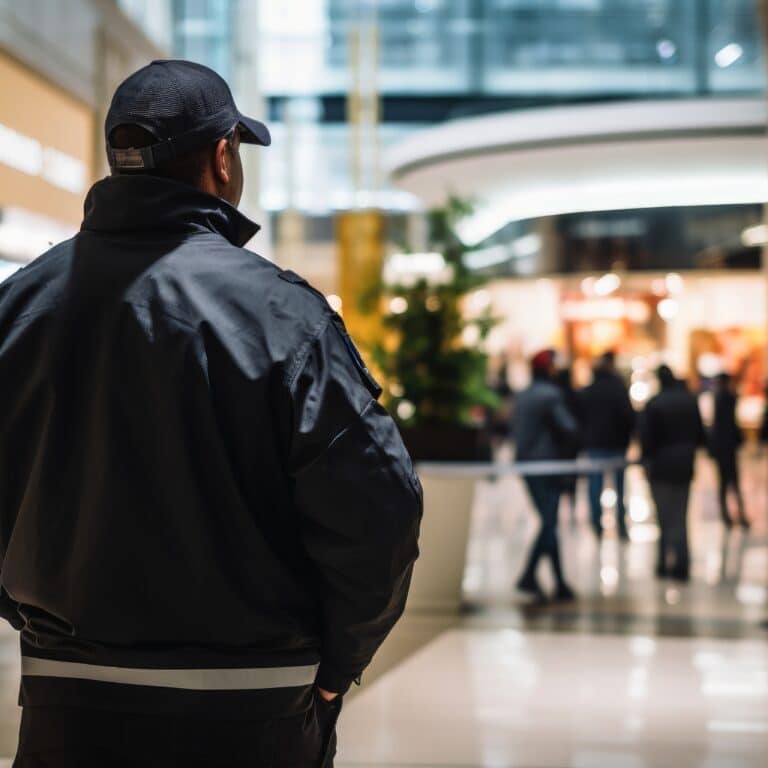You were recently hired as a security guard at a mall that has a policy about removing “suspicious” people and vagrants from the premises. The policy outlines the things to look for: ripped or dirty clothing, body odour, red eyes, unwillingness to answer questions, talking to themselves, acting intoxicated or bothering customers. The policy also states that people who seem ”borderline suspicious” to security guards should be followed at a close enough distance that they know they are being followed and removed if they react negatively to being followed. Your supervisor tells you that this policy is in place to make the mall safe for store owners, staff and customers at the mall. After working at the mall for a few shifts, you notice that security guards most often remove people who aren’t a safety risk but whose appearance doesn’t match the high-end image of the mall. You start to wonder if the policy is really about safety.
One day, you see another security guard closely follow, question and remove an elderly Indigenous woman walking with a cane. You ask your supervisor why that woman, who didn’t seem like a safety risk at all, was targeted for removal from the mall. Your supervisor mentions that customers need to feel safe and people who security guards identify as ”suspicious” make customers feel unsafe.
-
No. As a service provider the mall has a legal obligation under the Code not to discriminate. The mall has an ejections policy that it claims was developed for the legitimate business reason of keeping merchants, staff and customers safe. However, the wording of the policy focuses on removing people who don’t seem to fit the image that the mall wants to project to customers. Much of the criteria listed in the policy for identifying ”suspicious” people do not have anything to do with safety. For example, body odor and ripped clothing are not rationally connected in any way to safety.
Also, in allowing security guards to identify ”borderline suspicious” people, the mall has created a situation where the conscious or unconscious biases of security guards may create a barrier for disadvantaged groups in accessing the mall. For example, discriminatory attitudes towards people with disabilities mean that people from these groups, like the Indigenous woman who walked with a cane in this scenario, are more likely to be labelled by security guards as ”suspicious” or ”borderline suspicious”. The mall’s policy does not contain any language to address or prevent this kind of discrimination from happening.
- Previous case study:Book publishing workshop
